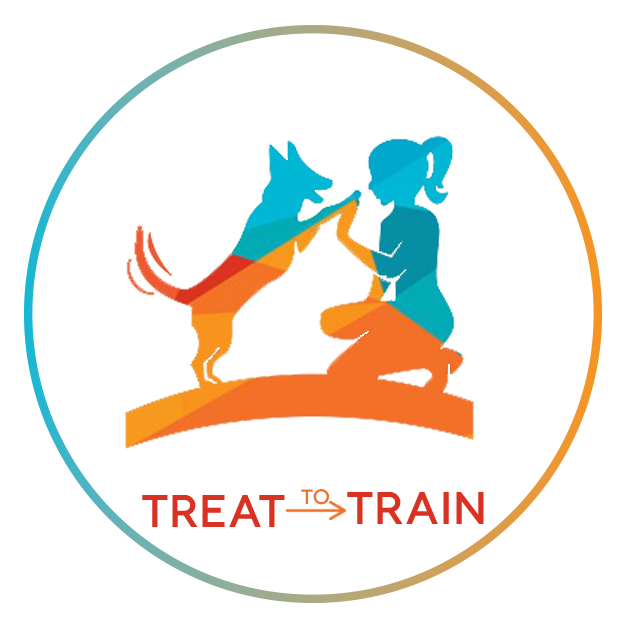Getting a Reliable Off-Leash Dog: Things to Train
1. Verbal vs. Physical Cues:
It's vital to establish a clear verbal cue distinct from a physical one. Your dog needs to understand your words, and how you mark behavior matters. Dogs naturally focus more on our body language than our verbal cues.
The way you deliver rewards can significantly impact how well your dog comprehends your cues too. Make sure that your dog actually understands the cues. Sometime that means starting right at the beginning. If your training a solid recall, then choosing a different cue and starting from scratch may be a good idea.
2. Tackling Distractions:
Teach your dog to ignore distractions while in a controlled environment. Sometimes it also helps having your dog in a position that they can be in reliable when you introduce these distractions.—sit, stand, or lie down. Any position that they will reliable stay in. Introduce distractions one-by-one. These can be distractions like bouncing a ball or ringing the doorbell. This helps build their focus amidst chaos. Remember to reward continually!
Pro Tip: Make a list of 10 distractions and work your way up to the most distracting. Only progress if your dog has mastered the previous distraction.
3. Handling Mistakes:
Oops, your dog made a mistake. Instead of scolding, consider a different approach and why this approach might not have worked. Take it as info and think about where there might be training gaps. Have you actually trained in the situation that your dog is struggling in? Explore training methods that turn mistakes into engaging challenges within the framework of a game. It's about keeping things positive and productive. Also consider if you need to revise your management plan.
4. From Close-Up to a Distance:
Mastering distractions up close naturally leads to training at a distance. The concept of "Team Distraction" is introduced—by acing distractions nearby, you seamlessly transition to training at a distance. This not only hones your dog's skills but also keeps them engaged and focused.
Leveling Up: Once your pup has nailed behaviors up close, it's time to tackle distance. Play games involving various distractions, gradually transitioning from easy to complex scenarios.
Short, fun sessions are key—leave them wanting more.
Maintaining Confidence: Pace progressions to avoid overwhelming your dog. Gradually challenge them without pushing too far, too fast. It's about creating a partnership, enjoying the process, and watching your dog become true off-leash champ. Remember that we are here to help!

